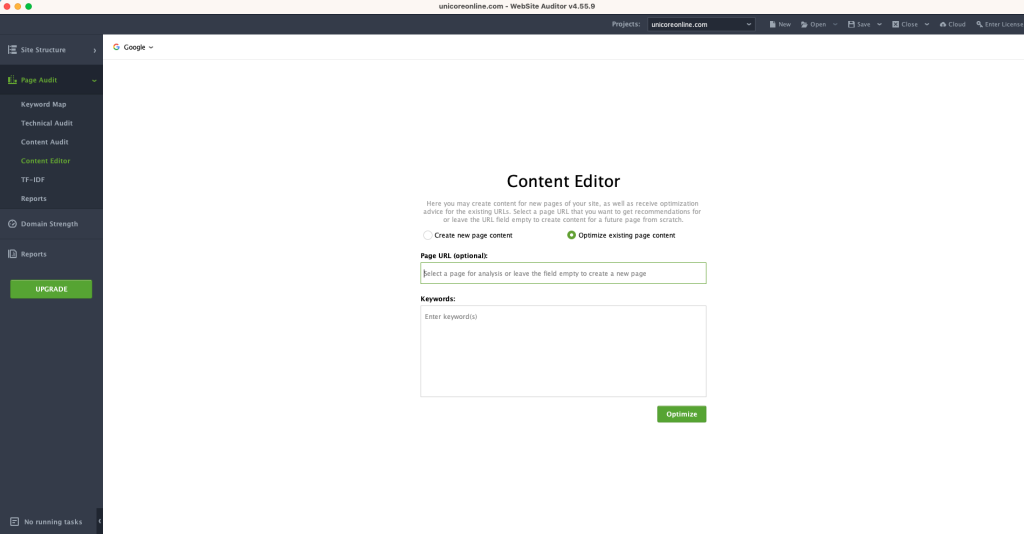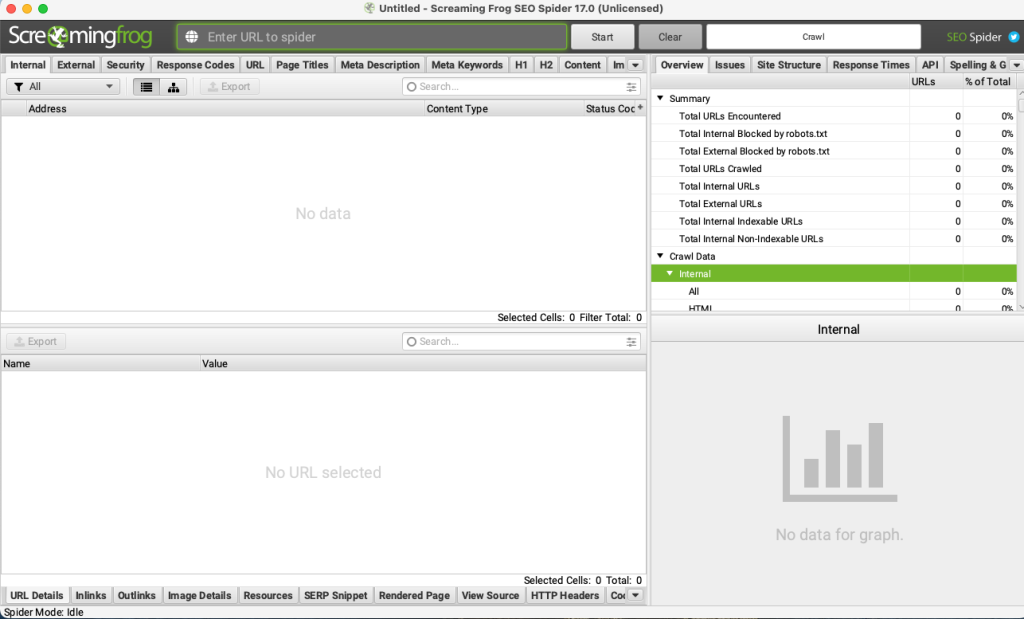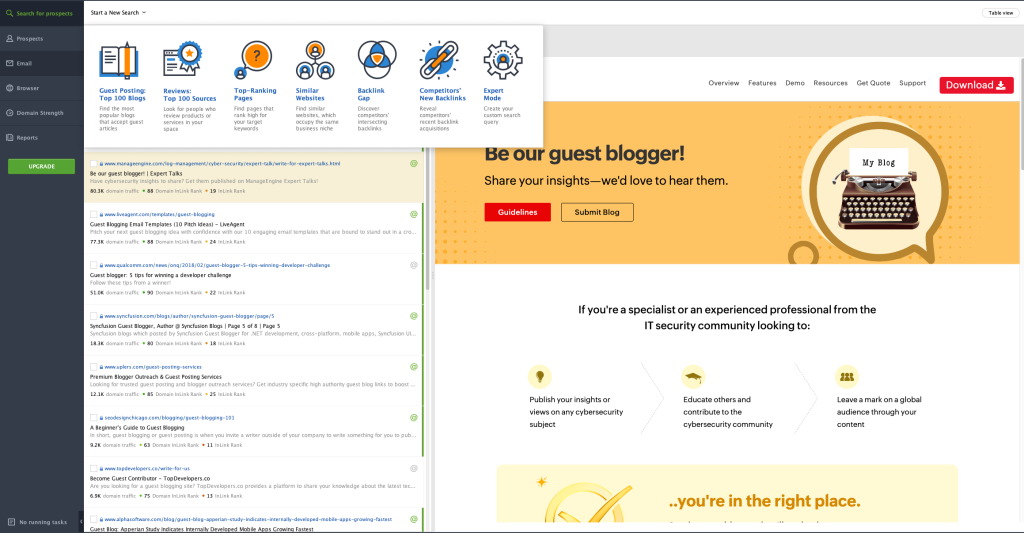You have developed your website or app with an agency or a freelancer. What’s next? You would like to attract your target audience and ensure you’re creating awareness, straight through converting your client. The first step to ensure the success of your online presence is optimizing for the search engines to display your content and ensuring your potential customer can find you when they search for you using particular keywords. Please note, it is not an easy process to increase ranking in search engines. You will constantly be searching for keywords that your competitors may be using as well as reputable quality backlinks to point to your platform.
You will need to evaluate the technical aspect part of your platform to help identify any issues that may be negatively affecting the website’s performance in search results, providing you with recommendations for how to fix any technical issues. Start by entering the URL of the website you want to audit into a tool like Screaming Frog or Website Auditor. Then, go through each of the questions on the below worksheet, checking off each item to ensure it has been properly implemented. If an item has not been implemented, make a note of it and consider making the necessary changes to improve the website’s SEO. Once you have completed the worksheet, you should have a clear idea of the strengths and weaknesses of the website’s SEO, and a plan for how to improve it.
For on-page optimization, I recommend using Website Auditor:
- Is the main keyword included in the URL?
- Is the URL easy to read and remember for users?
- Is the URL located in a subfolder instead of a subdomain?
- Does the URL use hyphens instead of underscores?
- Is the title of the page optimized for search engines?
- Is the meta description optimized for search engines?
- Is the H1 tag optimized for search engines?
- Have the images on the page been optimized for size and load time?
- Is the main keyword mentioned a few times on the page?
- Is the page not over-optimized with keywords?
- Does the page include Latent Semantic Indexing keywords?
- Are there no broken links on the page?
- Do the images have alt text?

For technical optimization, I would recommend using Screaming Frog:
- Crawl the website using Screaming Frog to identify any crawl errors, such as 404 pages or redirect issues.
- Check the status codes of the pages on the website to ensure that there are no errors that may be affecting the website’s visibility in search results.
- Review the titles and descriptions of the pages on the website to ensure that they are unique, relevant, and optimized for search engines.
- Check the header tags (H1, H2, etc.) on the pages of the website to ensure that they are properly formatted and optimized for search engines.
- Check the alt tags on images on the website to ensure that they are properly formatted and optimized for search engines.
- Analyze the website’s internal linking structure to ensure that it is logical and easy for search engines to crawl.
- Check for any broken links on the website and fix or remove them as necessary.
- Check the website’s load time and make any necessary changes to improve its speed.
- Check the website’s mobile-friendliness and make any necessary changes to ensure that it is easy to use on mobile devices.
- Check for any duplicate content on the website and make any necessary changes to ensure that all content is unique.

For off-page optimization:
- Are the backlinks coming from reputable websites?
- Are the backlinks coming from websites that are related to the content on the page?
- Are the backlinks not going through multiple redirects?
- Is the anchor text used for the backlinks varied and not overused?

